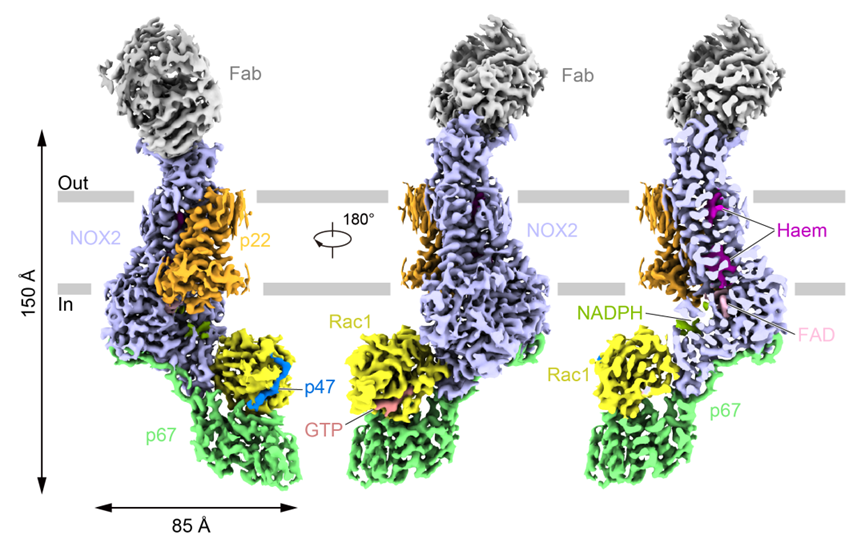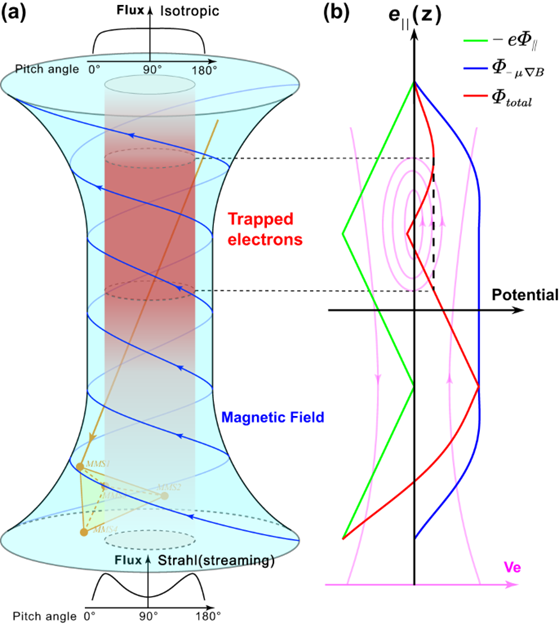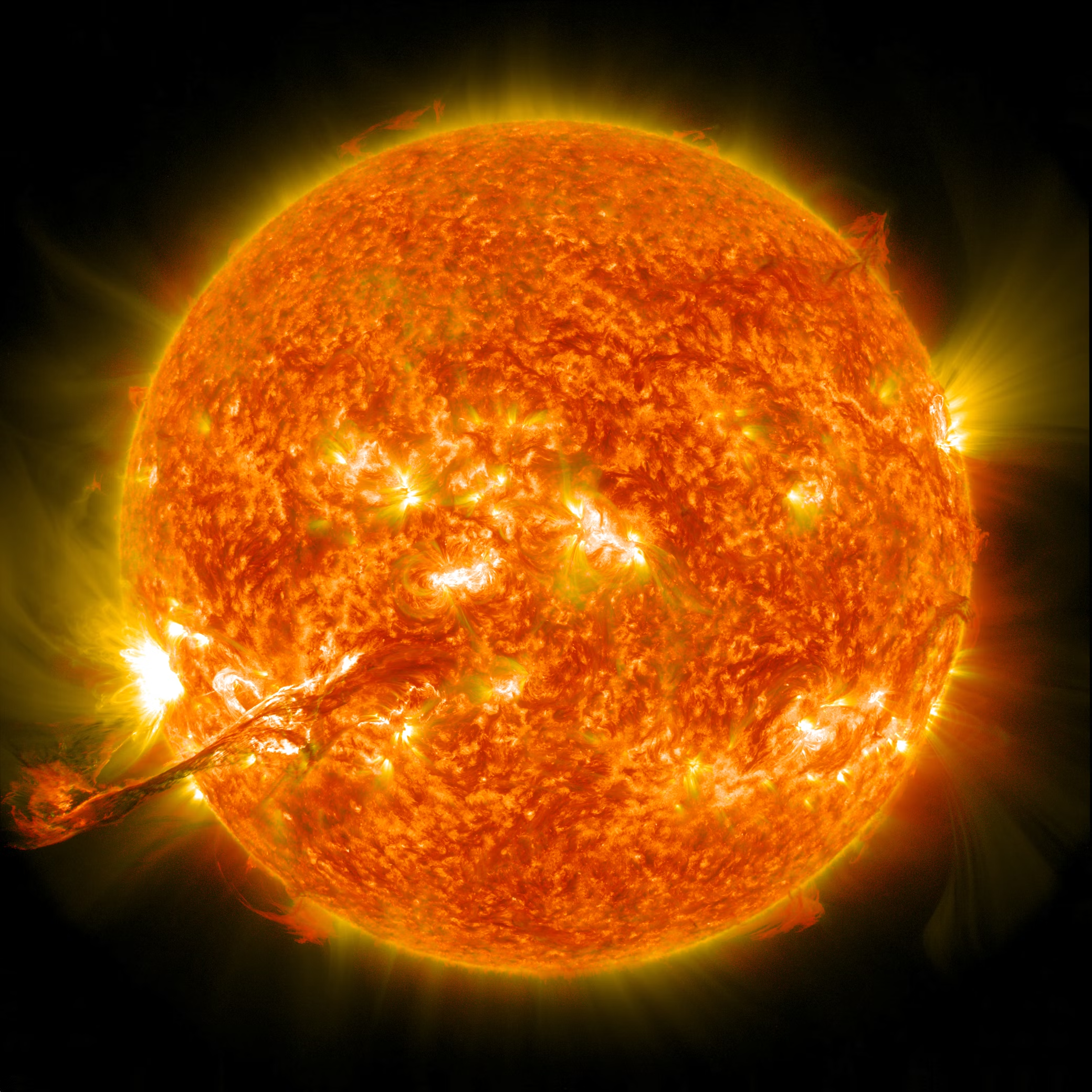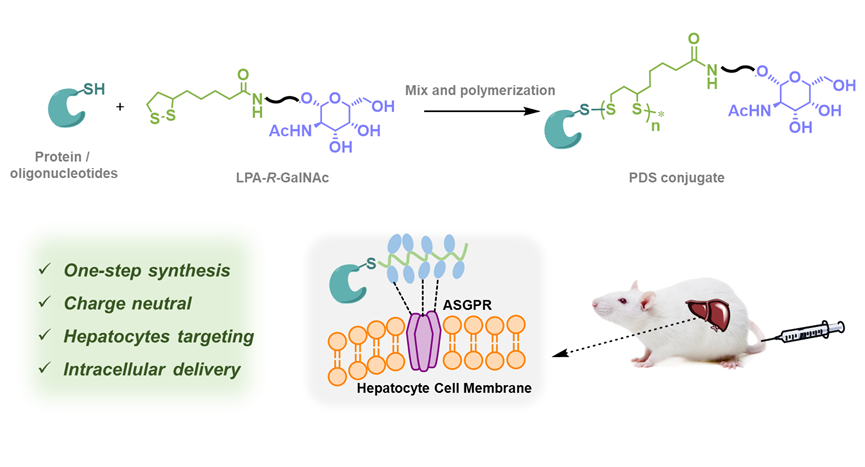Peking University, February 22, 2024: Here is what you need to know about the latest research breakthroughs at Peking University:

The cryo-EM map of the activated NOX2 complex
1. In a research paper published in Nature on Feb. 14, Chen Lei's team at Peking University's College of Future Technology presents the structure of human phagocyte NADPH oxidase, a protein responsible for transferring electrons from intracellular NADPH to extracellular oxygen, which is vital for killing pathogens.
A sketch of the hourglass structure.
2. A research team led by Prof. Zong Qiugang from the School of Earth and Space Sciences, Peking University, reports new findings in the structure of plasma turbulence, one of the fundamental physical phenomena that has not been fully understood. Their research results have been published in Nature Communications recently titled "Electron scale coherent structure as micro accelerator in the Earth’s magnetosheath."
3. Prof. Huang Jianyong's team at the College of Engineering, Peking University, sheds light on the physical contact and subsequent adhesion between bacteria and host cells, which are prerequisites for bacterial infections and have become one of the most serious threats to human health worldwide due to the presence of highly pathogenic bacteria and drug-resistant bacteria. The research, which has been published in Nature Communications, explores the potential to reduce bacterial adhesion and thus markedly enhance the efficacy of antibiotics.

4. Jiao Yuling's team at Peking University's School of Life Sciences with collaborators takes the initiative to realize genome simplification in multicellular eukaryotic organisms. By eliminating 55.8% of a 155 kb endogenous (growing or originating from within an organism) chromosomal region, the team simplified the genome without discernible phenotypic (observable trait) effects, implying that many transposable elements may minimally impact growth. Published in Nature Plants recently, the research paves the way for genome synthesis in multicellular organisms.
5. Using Low Frequency Array (LOFAR, which is a large radio telescope) data, Liu Jia from the School of Physics, in collaboration with physicists from Tsinghua University and the University of Glasgow, has made progress in searching for ultralight dark matter conversion in the solar corona. The research represents an improvement in the existing observations. (Learn more)
Schematic illustration of the grafting-from synthesis and targeted intracellular delivery of protein/oligonucleotide–PDS conjugates into liver cells.
6. Lu Hua's team at the College of Chemistry and Molecular Engineering, Peking University, presents a novel approach for delivering proteins and antisense oligonucleotides (ASOs, small pieces of DNA or RNA that can bind to specific molecules of RNA) to liver cells in a paper published in J. Am. Chem. Soc. recently. The research is hoped to open up new avenues for the diagnosis and treatment of a range of liver-targeting diseases.
Edited by: Dennis Meng




